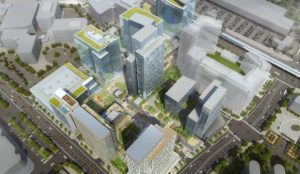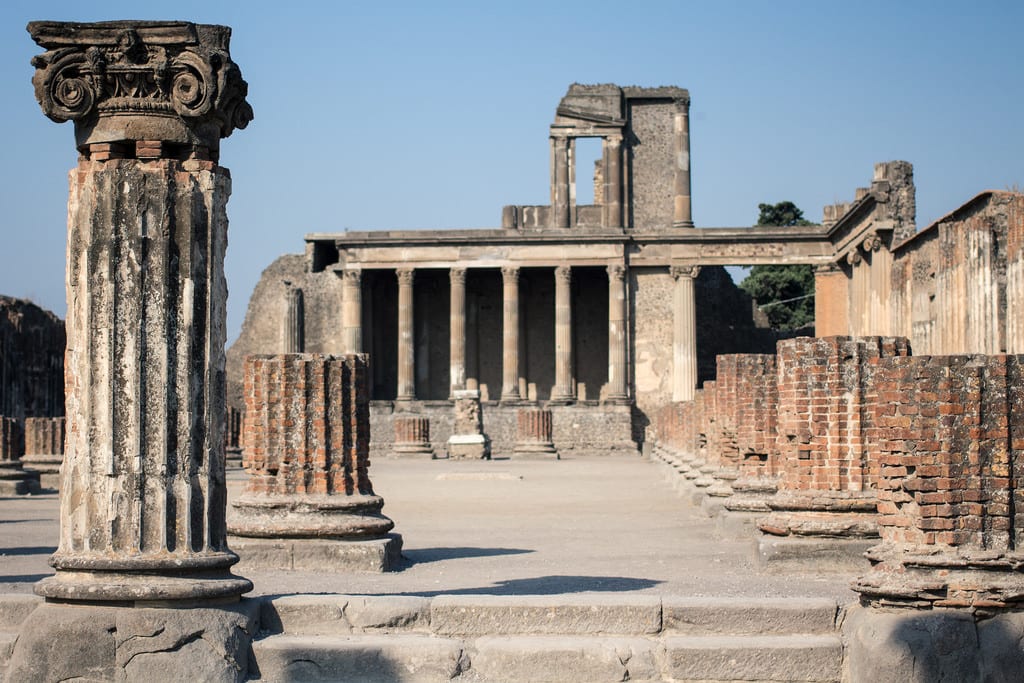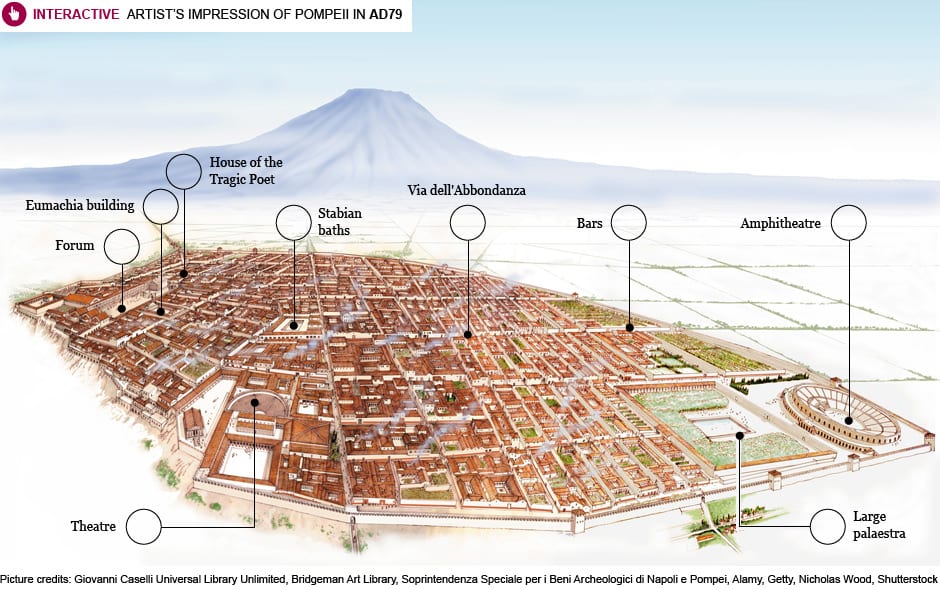Mixed use development can mean a lot of things. In general, mixed use aims to mix many human activities into a dense locality. The goal: nearly everything is at your fingertips. Or at least within walking distance.
While mixed use development is a recent phenomenon in the United States, it’s an ancient concept. The good people of Pompeii in Ancient Rome, for example, lived a mixed-use lifestyle. Here are three things Pompeii and modern mixed use development have in common:
1. Pedestrians Allowed, Vehicles Tolerated
Pompeii was primarily a walking city. Whether you needed to visit the market, deal with official business at the basilica, grab some fast food, or attend a theatrical production, walking was a viable option. That included convenient paving stones to help you traverse the refuse- and animal waste-filled streets.
Likewise, modern mixed use design stresses the “interconnection of project components through pedestrian-friendly connections, such as sidewalks along streets, enclosed corridors [and] retail plazas,” according to Stephen J. Ferrandi, Principal, KLNB Commercial Real Estate.
Modern-day projects that emphasize the role of the pedestrian include Reston Town Center in Northern Virginia and the King of Prussia District, an edge city outside Philadelphia.
2. Combine Multiple Uses Into a Dense Space
Pompeii crammed it all into the town limits: residential units, places of business, legal/municipal buildings, and entertainment.
In contrast, the vehicular traffic woes of modern metropolitan areas around the United States are well known: Los Angeles, Washington, DC, New York, for example.
Notably in developing “edge cities” that are transforming from car-oriented cultures to urban styles, local authorities and developers are aiming to rebuild formerly single-use areas into multi-use sites. Examples abound, including the expanding city of Tysons in Northern Virginia; urban neighborhoods such as the Cleveland Park area of Washington, DC; and Harbor East, in Baltimore, Maryland.
3. You Are My Density

Density: it’s the anti suburban sprawl. Think the opposite of expansive parking lots outside large strip malls in the far suburbs. Like the urban concept Wal-Mart in the Tysons West project in Northern Virginia, which features a multi-deck parking garage with limited spaces for vehicles, modern mixed use projects feature – like Pompeii – a dense population.
Density implies a certain self-sufficiency: you can get nearly everything you need within the local community. In Pompeii, archaeologists believe that the town was largely self-sufficient, with amphorae – wine and olive oil jars – that are regional in origin.
Likewise, the more successful the mixed-use community, the less residents need to leave for their daily needs. That is the goal behind The Boro, a large-scale development to be built around the new Silver Line Greensboro metro station in Tysons, Virginia. With office buildings, grocery and shopping, park space, cinemas, and residential towers, the density is meant to keep most things at everyone’s fingertips. Like it was in Pompeii 2,000 years ago.


